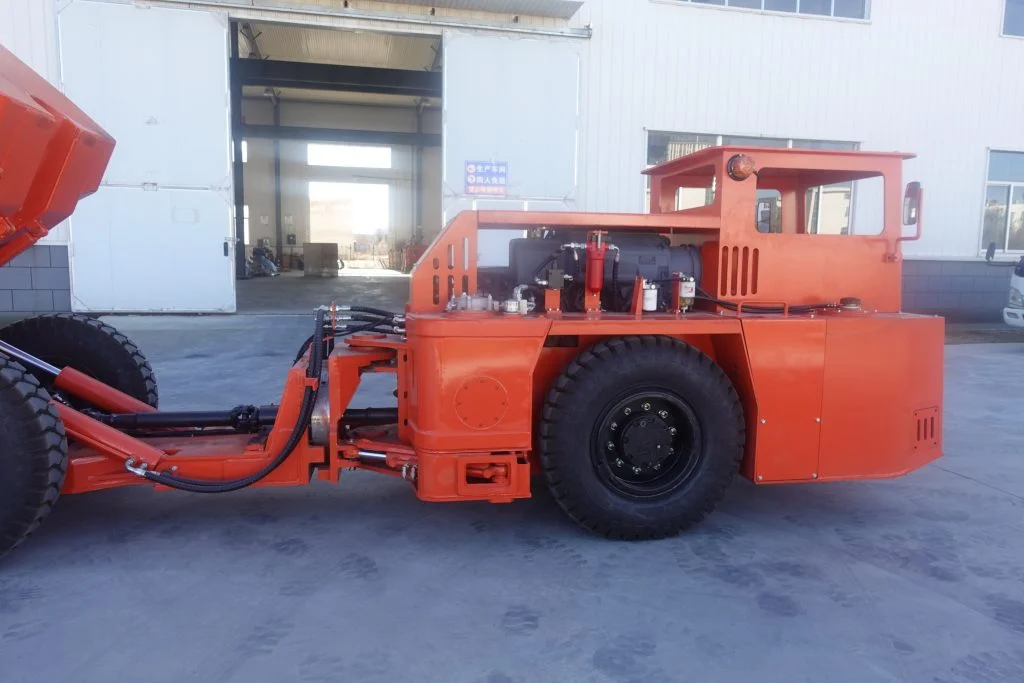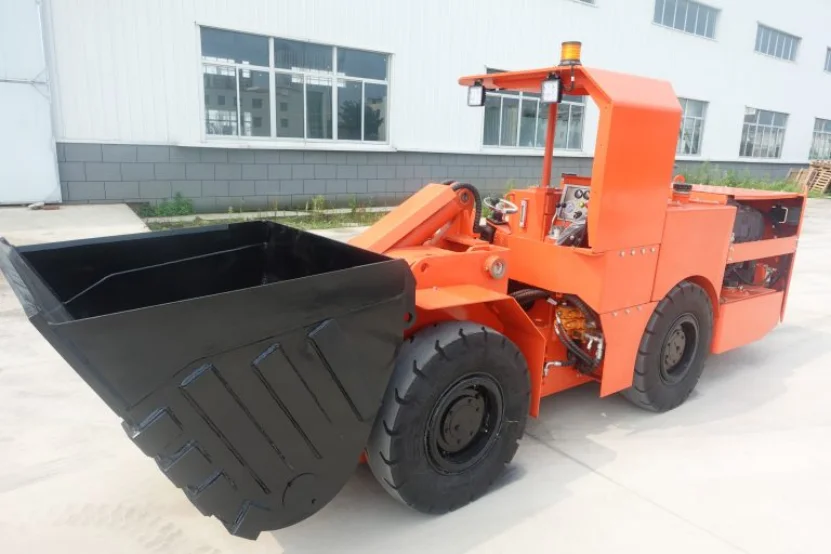Understanding Truck Hauling Capacity
A truck’s ability to carry loads is vital to its performance and productivity. Big trucks transporting large amounts of materials are key in sectors like mining, construction, and logistics. Several elements affect how much a truck can haul. Grasping these can improve operations and maintain safety.
Factors Affecting Hauling Capacity
Multiple aspects decide a truck’s hauling ability. The truck’s design and features are central. Trucks are constructed with specific weight limits they can safely manage. These limits depend on the vehicle’s size, engine strength, and build quality. Also, the kind of cargo impacts capacity. Heavy items like rocks or metals hit weight caps quicker than lighter goods like farm produce.
Terrain is another factor. Trucks on smooth, paved roads can often carry more than those on rough or sloped ground. Weather conditions matter too. Wet or icy roads might lower grip, requiring lighter loads for safety.
Types of Big Trucks and Their Capacities
Big trucks vary by type, each suited to specific hauling tasks. Dump trucks, for instance, are widely used in construction and mining. They move loose stuff like sand or gravel. Their capacity depends on size. Smaller ones might handle 10-20 tons. Larger models can take 30 tons or more.
Flatbed trucks are flexible, carrying oversized items that won’t fit in enclosed trailers. Their capacity relies on axle count and flatbed strength. Tanker trucks haul liquids like fuel or chemicals. Their capacity is measured in gallons, not weight, due to the cargo type.
Legal Considerations for Truck Hauling
Hauling big loads comes with many legal rules to ensure road safety and protect infrastructure. Following these laws is critical for companies using big trucks.
State-Specific Regulations
Each state may set its own rules for truck hauling limits. These often define maximum weights allowed on public roads. They include gross vehicle weight ratings (GVWR) and axle weight caps. Truck operators must know these rules to avoid penalties and keep operations safe.
Importance of Compliance with Bridge Laws
Bridge laws are key when thinking about truck hauling limits. They set the maximum weight allowed on bridges to avoid damage and ensure safety. Following bridge laws prevents fines. It also protects infrastructure.
Yantai Chi Hong Machinery Co., Ltd has grown steadily in the underground mining field for 12 years. They’ve built a solid system for research, production, sales, and services. Their skill in making mining equipment highlights why understanding truck hauling capacity matters in industry.
Truck operators must also balance loads across axles to meet bridge laws well. Proper load spread helps avoid excess wear on roads and boosts vehicle steadiness during travel.
In summary, knowing how much a big truck can haul involves looking at design details, cargo type, terrain, and legal rules. Fine-tuning these factors helps firms boost efficiency while meeting safety standards.
Technical Specifications Influencing Haul Limits
Understanding a truck’s technical details is essential to figure out its haul limits. These details include wheelbase, axle numbers, and their layout. Each plays a big role in a truck’s hauling ability.
Wheelbase and Its Impact on Hauling
The wheelbase is the distance between a truck’s front and rear axles. It greatly affects stability and load capacity. A longer wheelbase usually offers better steadiness, especially with heavy loads. But it might limit turning ease in tight spots. A shorter wheelbase boosts maneuverability. However, it may reduce stability with big loads. Picking the right wheelbase is key to balancing haul efficiency and safety.
Role of Axle Numbers and Placement
The number of axles and where they’re placed are crucial for load capacity. More axles spread weight better across the truck. This cuts stress on tires and improves overall steadiness. It’s especially helpful for trucks carrying heavy loads over long distances or rough ground. Also, smart axle placement can improve grip and control. This supports the truck’s ability to haul bigger loads well.
Practical Tips for Maximizing Haul Efficiency
To get the most out of haul efficiency, consider both technical details and practical steps. Focus on load balance and upkeep habits.
Optimizing Load Distribution
Good load balance is vital for keeping stability during travel. Spreading weight evenly across axles prevents excess wear on tires and suspension. It also improves handling. Operators should load cargo carefully to keep the center of gravity right and avoid overloading any axle.
Maintenance Practices to Support Maximum Haul
Regular upkeep keeps trucks hauling at their best safely. Routine checks on brakes, suspension, and tires spot issues early. “Our company’s stock of spare parts can provide customers with the spare parts supply with the most price advantage and the shortest delivery period,” ensuring little downtime from breakdowns. Plus, tuning engines and fixing mechanical problems quickly boosts fuel use and extends truck life.
By understanding these technical details and using practical steps for load balance and upkeep, firms can improve their trucks’ hauling power. This ensures safety and compliance with rules.








